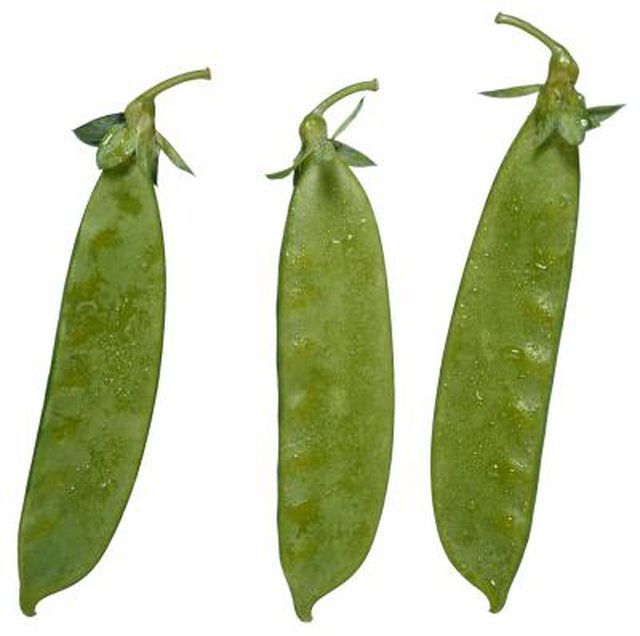Bulbs
Flower Basics
Flower Beds & Specialty Gardens
Flower Garden
Garden Furniture
Garden Gnomes
Garden Seeds
Garden Sheds
Garden Statues
Garden Tools & Supplies
Gardening Basics
Green & Organic
Groundcovers & Vines
Growing Annuals
Growing Basil
Growing Beans
Growing Berries
Growing Blueberries
Growing Cactus
Growing Corn
Growing Cotton
Growing Edibles
Growing Flowers
Growing Garlic
Growing Grapes
Growing Grass
Growing Herbs
Growing Jasmine
Growing Mint
Growing Mushrooms
Orchids
Growing Peanuts
Growing Perennials
Growing Plants
Growing Rosemary
Growing Roses
Growing Strawberries
Growing Sunflowers
Growing Thyme
Growing Tomatoes
Growing Tulips
Growing Vegetables
Herb Basics
Herb Garden
Indoor Growing
Landscaping Basics
Landscaping Patios
Landscaping Plants
Landscaping Shrubs
Landscaping Trees
Landscaping Walks & Pathways
Lawn Basics
Lawn Maintenance
Lawn Mowers
Lawn Ornaments
Lawn Planting
Lawn Tools
Outdoor Growing
Overall Landscape Planning
Pests, Weeds & Problems
Plant Basics
Rock Garden
Rose Garden
Shrubs
Soil
Specialty Gardens
Trees
Vegetable Garden
Yard Maintenance
How to Build a Trellis for Sugar Snap Peas
How to Build a Trellis for Sugar Snap Peas. Sugar snap peas have edible pods and are one of the types peas often found in Chinese food. They are crunchy, whether raw or cooked, with a sweet flavor. Like edible-podded snow peas, sugar snap peas grow best in the cooler weather of spring and fall, unless your summers are very mild. Most varieties of...

Sugar snap peas have edible pods and are one of the types peas often found in Chinese food. They are crunchy, whether raw or cooked, with a sweet flavor. Like edible-podded snow peas, sugar snap peas grow best in the cooler weather of spring and fall, unless your summers are very mild. Most varieties of sugar snap pea are vining, climbing plants. Plan before planting them and include a trellis for their support. Privacy lattice is easy to install, is attractive and large enough to support trailing peas.
Things You'll Need
Measuring tape
Privacy lattice
Fence or building
Hammer
Nails
Nursery tape or fabric strips
Scissors
Plan your pea planting area next to a fence, house, garage or other structure. Then measure the length of the planting area to determine the number of privacy lattice panels needed.
Attach privacy lattice panels to the fence or building by driving nails into the structure just inside the lattice’s four corners. Drive the nails into the wood about half way, and then place your lattice over them. Bending the nails over the lattice with a hammer holds it in place.
Plant sugar snap seeds or seedling plants 6 to 8 inches away from the lattice. Refer to seed packet instructions to learn the correct planting distance for your seeds or baby pea plants.
Train pea vines to climb the lattice when they are 4 to 6 inches long. Attaching them with nursery tape or strips of fabric rather than twine or other string prevents damaging or breaking the vines. After you have tied each plant at two or three places several inches apart as they grow up the trellis, they naturally cling to their support need no further tying.
Tips & Warnings
Privacy lattice is sold in panels that measure 4-feet wide by 8-feet long. If the garden bed where you are planting your peas were 12 feet long, for example, you would need to purchase three privacy lattice panels.
Because peas are not heavy, four nails for each privacy lattice panel should be sufficient.
Harvest sugar snap peas when they are young and tender before the pods swell. Frequent harvesting gives the best quality peas. If you miss a few and they grow large and plump, shell them as you would other types of garden peas. The pods become tough, as they grow larger.
If you don’t have a fence or other structure, drive two 8- to 10-foot 2-by-2 inch boards into the soil at either end of the lattice’s width and tie the lattice to the boards.